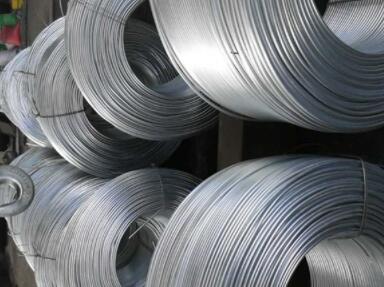Understanding Screws for Hanging Drywall A Comprehensive Guide
When it comes to drywall installation, the choice of fasteners plays a crucial role in ensuring a solid and long-lasting result. Among the various types of fasteners available, screws are the most preferred option for hanging drywall. This article will delve into the importance of screws for drywall installation, the different types available, their specifications, and best practices for ensuring a smooth and efficient hanging process.
Importance of Choosing the Right Screws
Drywall screws are specifically designed to attach drywall sheets to wood or metal studs. The right screws not only improve the durability of the installation but also prevent issues such as cracking, sagging, and bulging seams. Unlike nails, drywall screws provide a stronger hold because they have a threaded shaft that grips the drywall and the underlying structure securely.
Types of Drywall Screws
While selecting screws for hanging drywall, it’s essential to understand the various types available. Here are some common options
1. Coarse-thread screws Typically used for attaching drywall to wood studs, coarse-thread screws feature a thicker, deeper thread that provides excellent grip in softwood materials. The standard length for coarse-thread screws often ranges from 1.25 to 2.5 inches, depending on the thickness of the drywall being installed.
2. Fine-thread screws These are best suited for metal studs, where a tighter grip is required. Fine-thread screws have smaller threads and are designed to be used with metal frameworks. Their typical lengths match those of coarse-thread screws but are essential for ensuring stability when working with metal.
3. Specialty screws In some cases, specialized screws such as self-tapping drywall screws can be utilized. These screws are designed to penetrate metal studs without the need for pre-drilling, making installations quicker and more efficient.
Screw Specifications
When purchasing screws for hanging drywall, consider the following specifications
screws for hanging drywall

- Material Most drywall screws are made from steel and often coated to prevent rusting and corrosion. If your project involves high-humidity areas, such as bathrooms or kitchens, consider using galvanized screws for added protection.
- Length and Diameter For standard 1/2-inch drywall, a screw length of 1-1/4 inches is typically used with wood studs, while a length of 1-1/2 inches is preferred for metal studs. Aim for screws with a 6 or 8 gauge diameter, as they provide the best hold.
- Head Type The most common head type for drywall screws is a bugle head, which allows for a flush finish with the drywall surface when driven correctly. This is crucial for achieving a smooth appearance when finishing joints.
Best Practices for Hanging Drywall with Screws
1. Spacing For optimal support, screws should be placed approximately 16 inches apart along the edges of the drywall sheets and about 24 inches apart in the field (center area) of the board. For ceiling installations, spacing should be closer—usually 12 inches apart.
2. Driving Technique When installing screws, ensure that they are driven just below the surface of the drywall without breaking the paper layer. Using a screw gun or drill with an adjustable clutch can help achieve consistent depth.
3. Seaming Pay attention to the spacing between the drywall sheets, leaving a 1/8-inch gap at joints to allow for expansion and contraction. This practice minimizes the risk of cracking over time.
4. Installation Direction When hanging sheets, install them horizontally when possible—this technique enhances the overall strength of the wall. Additionally, stagger seams between rows of drywall to increase structural integrity.
Conclusion
Choosing the right screws for hanging drywall is essential for achieving a professional-looking and robust installation. Familiarity with the types of screws, their specifications, and best practices is key to ensuring that your drywall is securely fastened and primed for finishing. Whether you are a DIY enthusiast or a professional contractor, understanding these elements will help you create walls that stand the test of time.

















